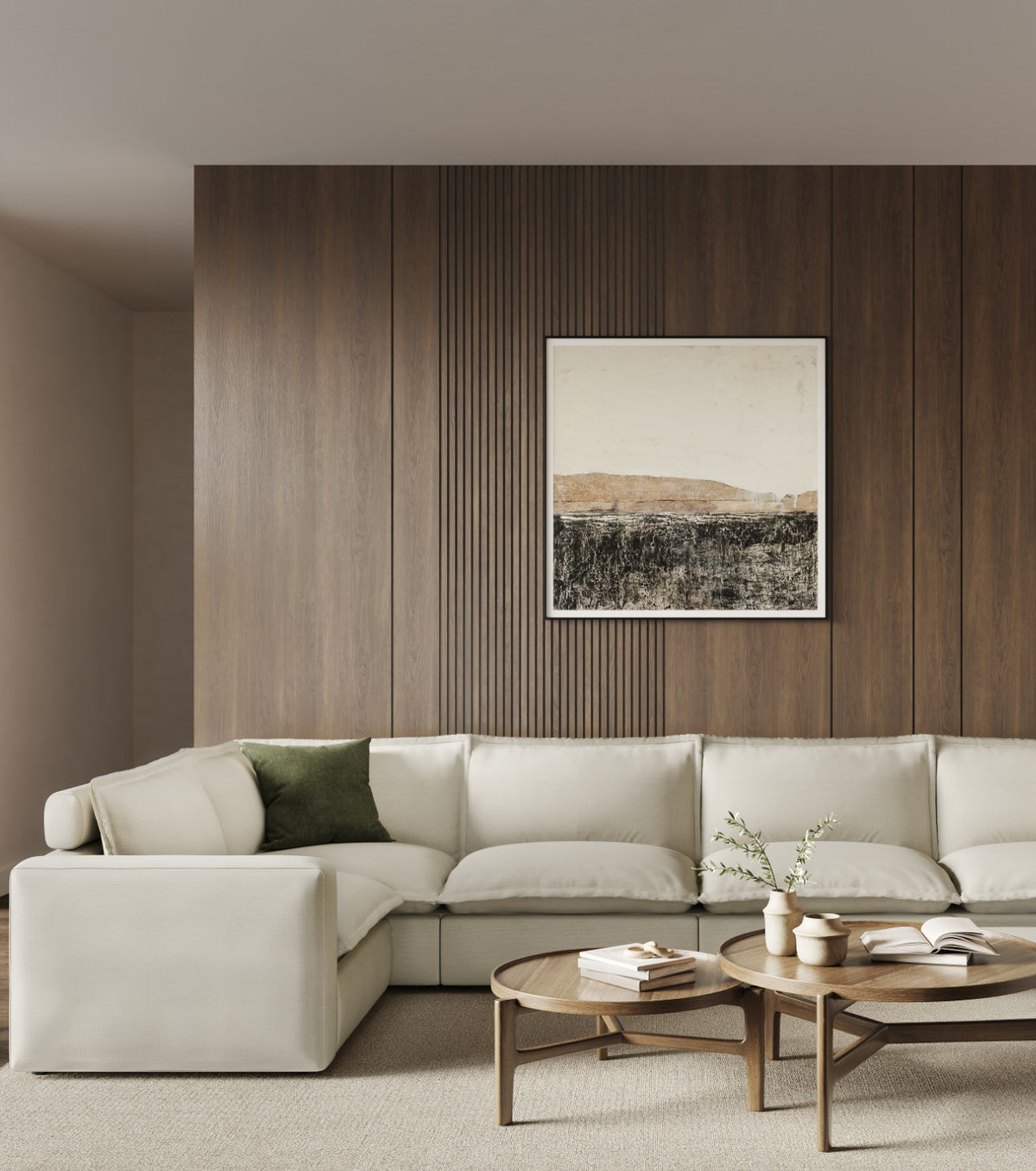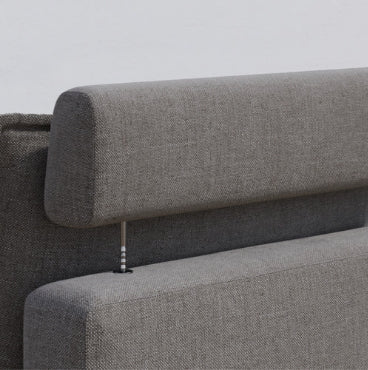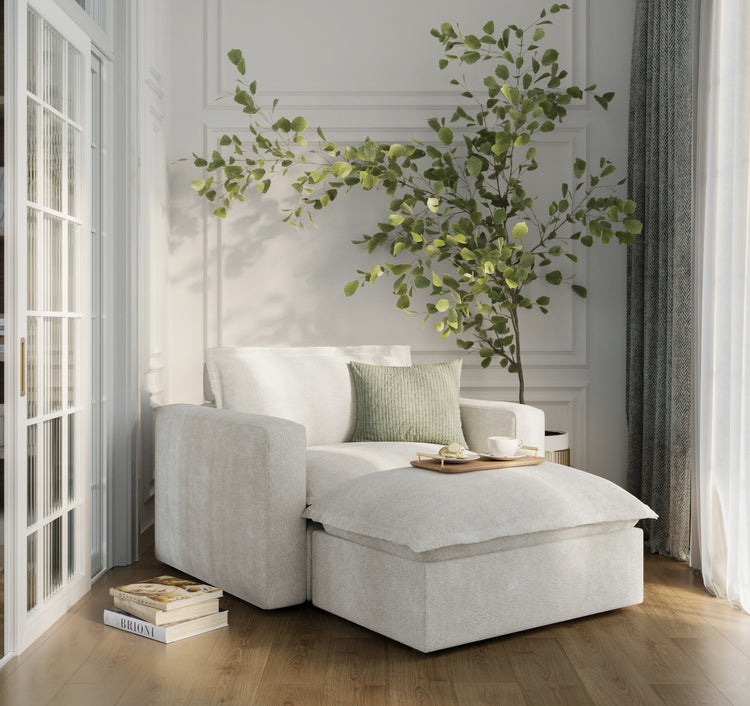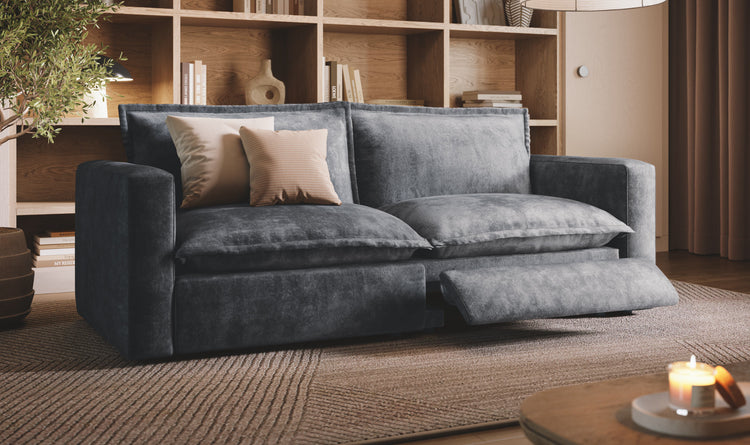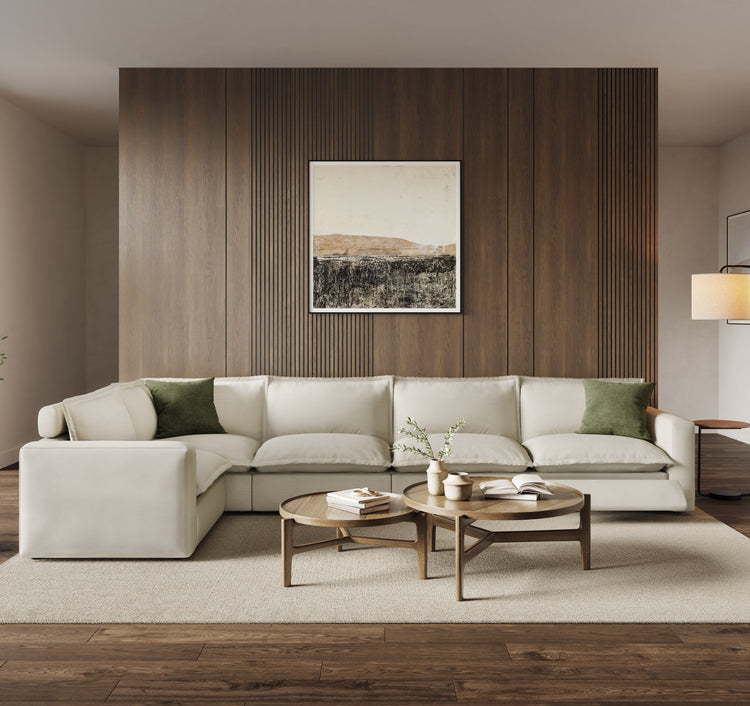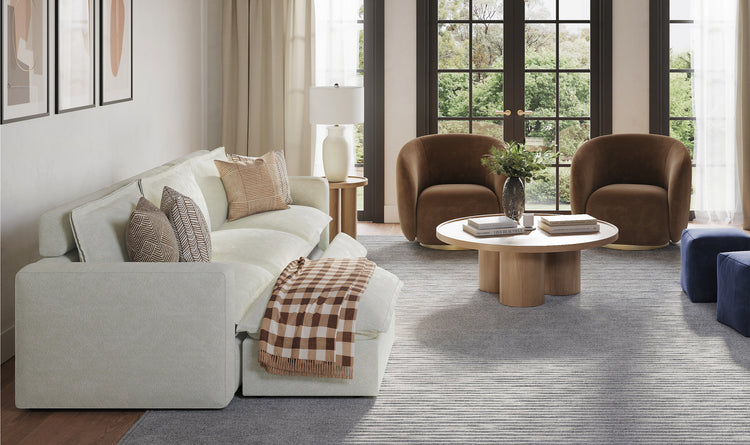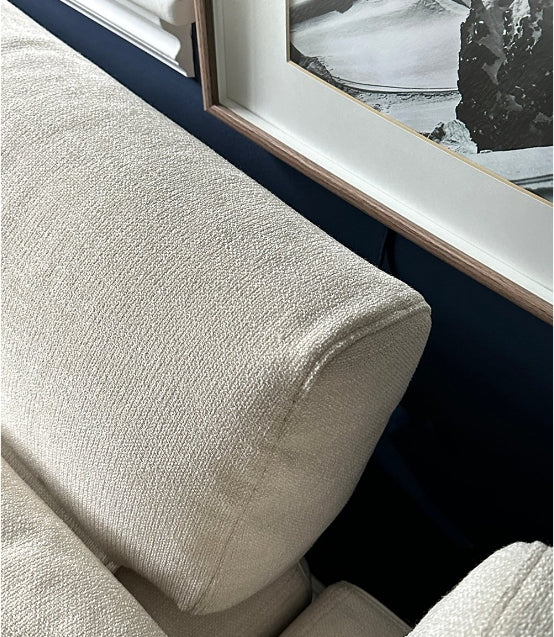Many homeowners face the frustrating problem of wall damage from their recliners. Those scratches and marks not only ruin your walls but can cost a lot to fix later on. Stopping a recliner from scratching your wall is actually quite simple. You can try moving your furniture, adding wall protectors, changing your recliner, or getting a space-saving model. No matter your home size or budget, there's an easy fix that will work for you without much hassle.
1. Place Your Recliner Strategically to Protect Your Walls
Strategic furniture placement is the simplest and most cost-effective way to prevent wall damage from your recliner. With careful planning and proper measurements, you can position your chair to avoid wall contact entirely. Here are several proven placement strategies to protect your walls:
- Maintain Proper Distance: Allow 12-18 inches of space between your standard recliner and the wall when fully reclined, with larger models potentially requiring up to 30 inches of clearance for comfortable operation.
- Measure Before Placing: Check the distance from your upright recliner to the wall, then add how far the chair extends when reclined, consulting your furniture manual or doing the measuring yourself for precise dimensions.
- Try Corner Placement: Position at an angle in corners to reduce the required wall clearance, creating a more space-efficient arrangement that still allows full reclining functionality without wall contact.
- Face Open Areas: Direct the reclining path toward doorways or hallways, ensuring the chair extends into unobstructed space rather than toward vulnerable wall surfaces.
- Use Furniture Barriers: Place a small end table or decorative plant stand behind the recliner to serve as a physical stopping point before the chair can make contact with the wall.
- Don't Forget Baseboards: Account for baseboards in your measurements since these protrusions effectively reduce your available space and could cause unexpected wall contact if overlooked.
- Test Full Recline: Have another person observe exactly how much space is needed as you recline, providing real-world verification of your clearance requirements.
- Rearrange When Necessary: Change the recliner's orientation or swap its position with other furniture pieces that don't require movement clearance when wall contact proves unavoidable.
2. Install Wall Protection to Shield Against Recliner Damage

When proper spacing isn't possible, wall protection products offer an effective barrier against recliner scratches.
Removable Plastic Wall Shields
Specialized recliner wall guards are clear plastic panels that attach to your wall where the chair makes contact. These guards typically measure 24-36 inches wide and can be mounted using removable adhesive strips that won't damage paint when removed—perfect for renters.
Invisible Acrylic Protection
Clear acrylic wall protectors blend seamlessly into your décor while providing solid protection. Installation usually involves simple adhesive mounting or a few small screws. For the best results, clean your wall thoroughly before applying and follow the manufacturer's specific instructions.
Decorative Wall Protection
If you prefer protection that adds to your room's style, consider decorative options like textured wall panels, wainscoting, or fabric wall hangings placed strategically behind your recliner. These not only protect your walls but can become attractive focal points in your living space.
Household Items as Protectors
For budget-friendly DIY solutions, try using items you might already have at home. A small area rug or carpet remnant can be hung on the wall as a protective barrier. Foam padding wrapped in matching fabric and secured with removable hooks creates custom wall protection. Even cardboard covered with decorative contact paper can work as a temporary solution until you find something more permanent.
3. Modify Your Recliner to Prevent Wall Contact
Making changes to your recliner is the easiest way to stop wall damage before it starts. These simple fixes either cushion the contact points or limit how far your chair moves back, letting you relax without worrying about your walls.
- Add Cushioning to Your Recliner's Back: Adding cushioning directly to your recliner is one of the simplest ways to protect your walls. Furniture pads and bumpers designed for chair backs are inexpensive and easy to install. Look for felt pads, rubber bumpers, or foam strips with adhesive backing that can be cut to fit your recliner's shape. Place these on the back edges and corners that typically make contact with the wall. For best results, clean the furniture surface thoroughly before applying to ensure strong adhesion.
- Use Smooth Tape to Prevent Scratches: Anti-friction tape applied to your recliner frame can reduce the scratching effect when contact does occur. This slick tape creates a smooth surface that's less likely to catch on or damage wall paint. For wooden recliners, consider adding small felt gliders to the back corners where wall contact happens.
- Install Stoppers to Limit Backward Movement: Recliner stoppers work by limiting how far back your chair can move. These simple devices typically consist of rubber wedges or blocks that sit behind your recliner's legs or frame. When the chair tries to push backward, the stoppers create resistance against the floor, preventing full extension.
- Adjust Your Recliner's Tension Settings: Many recliners have tension adjustment knobs or screws underneath the seat. Increasing this tension makes the reclining action stiffer, requiring more force to push back and reducing the chance of accidental wall contact. Check your owner's manual for specific adjustment instructions for your model.
4. Choose Space-Saving Recliners Designed for Tight Spaces

If you're shopping for a new recliner or ready to replace your current one, several space-saving options can solve your wall damage problems completely.
Zero Clearance Recliners
Zero clearance recliners take this concept even further, needing virtually no space between the chair and wall. These can be placed directly against the wall and still fully recline, making them perfect for very small apartments or tight corners. Homebody offers excellent zero clearance recliners that require absolutely no wall space (0" of clearance) to recline fully. Our recliners come with convenient control options including both wireless remotes and built-in seat buttons, making them as user-friendly as they are space-efficient.
Stop Recliner Wall Damage Today
Protecting your walls from recliner scratches is actually pretty simple. You have several easy options that won't break the bank. You can move your furniture around, add some wall guards, put padding on your recliner, or get a chair designed to save space. Think about what works best for your room size and budget, then take action today. A quick fix now saves you from dealing with wall repairs later. Your walls will stay looking nice, and you can still enjoy relaxing in your favorite chair without worry.

Prevent Recliner Wall Scratches: Essential FAQs
How do I measure if a recliner will fit in my small living room?
Measure the recliner's width and extended length when reclined. Then, measure your space available, remembering you should factor in walking aisles (at least 30 inches) around the furniture. Don't forget to factor in 12-30 inches behind a typical recliner or 4-6 inches for a wall-hugger recliner.
Can wall-hugger recliners really prevent wall damage?
Indeed! Wall-hugger recliners are specifically designed to need a mere 4-6 inches of wall space clearance because they come forward on recline and do not tip backward. Such design significantly reduces the possibility of ruining walls within limited spaces. Homebody takes this concept even further with our zero-clearance recliners that require absolutely no wall space (0" clearance) to fully recline, greatly reducing the risk of wall damage while you relax.
What's the cheapest way to stop a recliner from hitting the wall?
The most affordable one is to move your recliner away from the wall. If not, employ DIY methods such as applying adhesive felt pads to the back edges of your recliner or wedging a throw pillow between the chair and wall.
How do I protect my rental apartment walls from recliner damage?
Use wall protectors that are removable and come with damage-free adhesive strips. Acrylic wall guards are effective and won't leave a residue upon removal. Alternatively, keep your recliner away from walls or use a wall-hugger design that takes little clearance.
Are there furniture pads specifically designed for recliners?
Yes, there are even recliner-specific furniture pads. You might consider looking for felt or rubber bumpers with adhesive backing that you can attach to the back corners of your recliner where it most likely would be rubbing against the wall.
Can I modify my existing recliner to prevent wall scratches?
Yes. You can put bumpers on the back edges, install anti-friction tape on the frame, or tighten the tension of the recliner so it is harder to push back. Adjustable stops limiting how far the recliner reclines are also available on some recliners.
